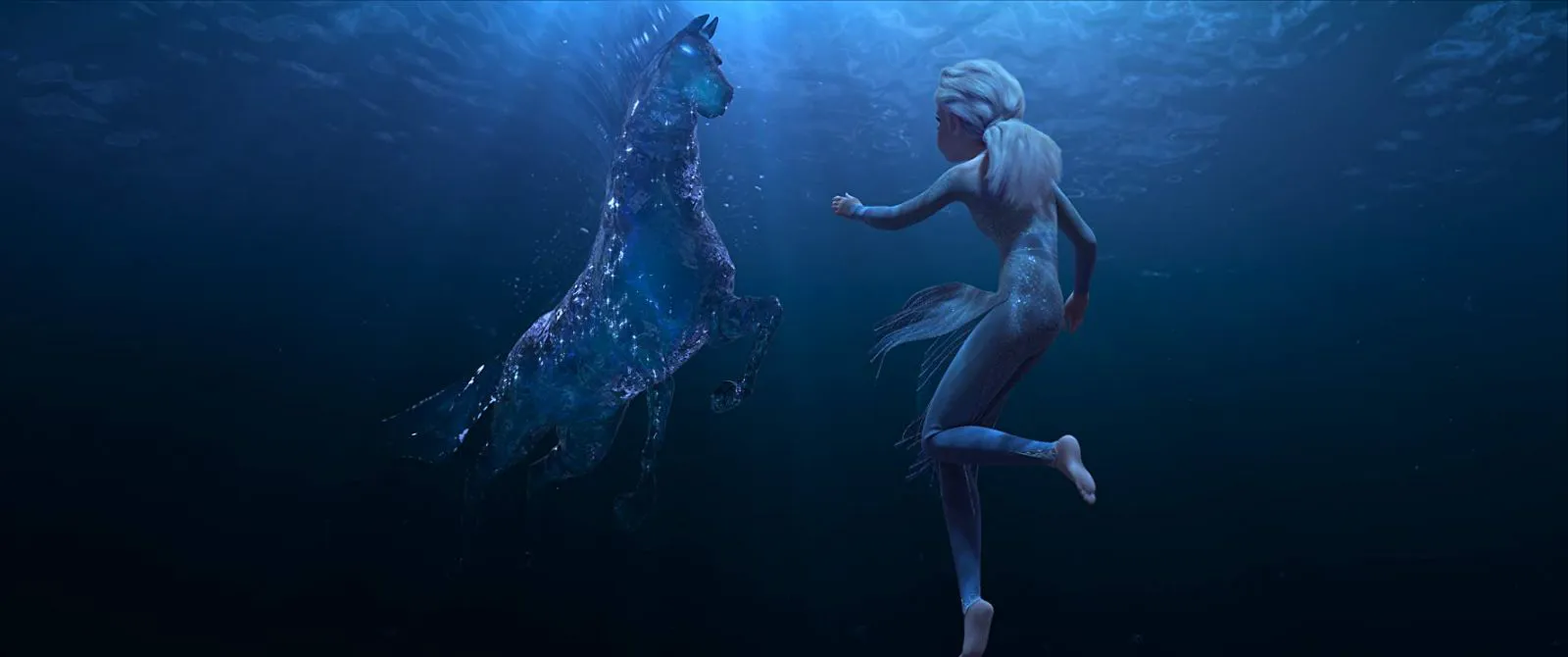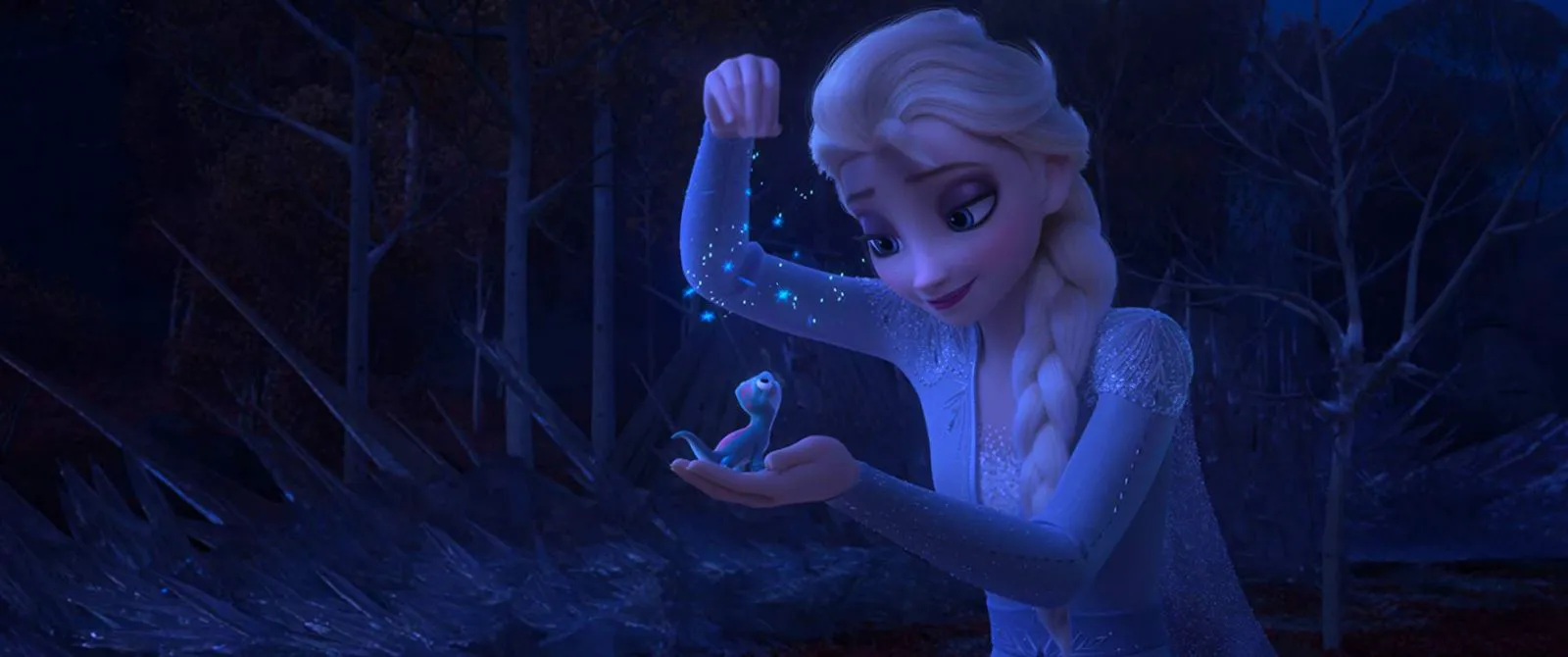A reasonably successful sequel that turns out to be funnier, grander, and more engaging than the original, but loses its originality.
Three years have passed since the last adventure of the two princesses of Arendelle. The girls lead a measured life in the palace, rule the kingdom, host balls, and spend evenings with old friends Kristoff, Sven, and Olaf. But while the happy Anna sings saccharine songs about love and peace every day, Elsa asks herself endless existential questions about herself and her past. One day, the suffering of the indoor philosopher is rewarded: she hears a strange but familiar voice and, hoping to get answers, decides to go to its call. And with her are her close friends, who are still afraid to let Elsa go alone.

The first part of “Frozen” told a rather modest story about the relationship between two different sisters. Its entire conflict was built on the contrast between the judicious and in every sense cold sorceress Elsa, who for good reason distanced herself from her relatives, and the infantile, cheerful Anna, who desperately needed sisterly care after the death of her parents. It was resolved, however, quickly and conveniently: it turns out that in order to restore contact lost several years ago and live happily ever after, you just need to find the runaway relative, tell a little truth, and defeat the cunning villain. “Frozen 2” moves away from local family issues and goes into the wilds of timeless questions.

Following the precepts of second parts, the sequel tries to become larger, more beautiful, and funnier than its predecessor. Where earlier the locations were only rows of white ice blocks and endless snowy expanses, now there is a colorful enchanted forest, where every path is a new landscape, and instead of a small personal story, there are weighty problems of historical memory, civilization, and the connection between man and nature. Such a gigantization of all the merits of the original is doubtful: increasing the scale of events here inevitably leads to the fact that simple but original conflicts are replaced by universal generalized moralizing, which could just as easily migrate to another franchise.

“Frozen 2” looks like an optional afterword, when there is nothing to say, but you need to invent something. Therefore, the characters have no choice but to passively perform template functions in order to create the illusion of their necessity. For Kristoff, it’s awkwardly starting a conversation about engagement time after time, for Anna, it’s following in her sister’s footsteps and finally realizing that it’s time to let her go, and for Elsa, it’s tearfully lamenting her heavy burden before achieving an independent, harmonious life.
Visuals and Technical Aspects
And although “Frozen 2” complements the first part in the same way that all the old Disney sequels released directly to video complement the originals, its persistent desire to be more spectacular has the desired effect. Technically, this is perhaps one of the best cartoons of recent years: expressive, filled with bright colors, and creating unforgettable fantastic locations, which were sometimes so lacking in the restrained setting of the first film.
Conclusion
However, when the original story gradually loses its original appearance, and further, judging by everything, it will only get worse, it is better to prepare to take advantage of Elsa’s most important life advice - let go and forget. Unless the animators save it again.